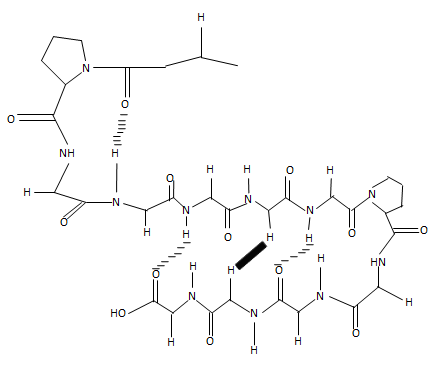
There are approximately 500 known species in the genus Conus, and each have their own distinct venom. These toxins are aptly named conotoxins. Conotoxins are small, structured peptide toxins. This means they are bonded by peptide bonds, which are bonds between the carboxylic end of one amino acid to the amine end of another. These peptides work by targeting and blocking ion channels of either the voltage-gated or ligand-gated class. These ion channels are where action potentials in neurons are created. Therefore, if no ions can get through to the neuron, no action potentials can be made and sent to other neurons, and the prey organism is paralyzed. It is most likely that differentConus members target different specific ion channels, depending on the animals they feed on.
While considered a delicacy in some parts of the world, snails have found a more intriguing use to scientists and the medical profession offering a plethora of research possibilities. Cone snails are marine mollusks, just as conch, octopi and squid, but they capture their prey using venom. The venom of these marine critters provides leads for detection and possible treatment of some cancers and addictions. Frank Marí, Ph.D., professor in the Department of Chemistry and Biochemistry in FAU's Charles E. Schmidt College of Science at Florida Atlantic University, has focused his research on cone snail venom and has published a study in the current issue of the Journal of Biological Chemistry.
"The venom produced by these animals immobilizes prey, which can be worms, other snails and fish," said Marí. "The venom is an extraordinary complex mixture of compounds with medicinal properties."
